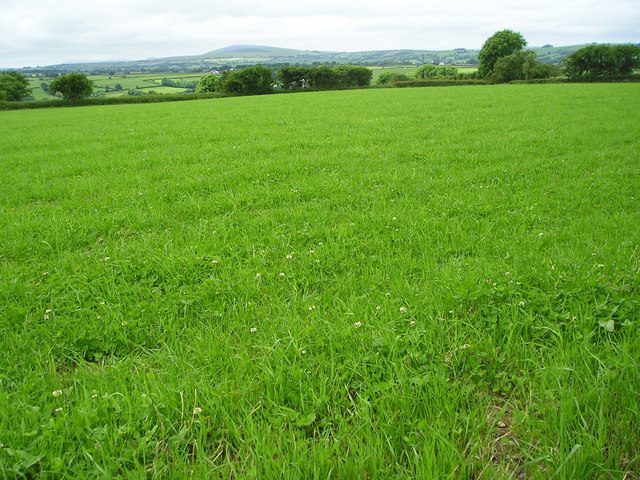A warm weather forecast for this week is going to drive up grass growth rates; it is much needed on some farms. Most northern farmers were growing 45-55 kg/ha/day of dry matter last week; those with higher farm covers were at the higher end.
The focus in the first grazing rotation is having enough grass to last you until ‘magic day’; now into the second round we need to target correct pre-grazing covers.
Target pre-grazing covers are unique for each farm but are usually in the region of 1,200-1,550kg/ha. The grass wedge works this out for you. On Agrinet, it is provided above the wedge.
The pre-grazing covers for paddocks that have been reseeded, however, should always be 1,400kg or below.
Reseeded fields are usually quite open swards and, to optimise the tillering capacity of the plants, we need to maximise the amount of sunlight reaching the daughter tillers at the base of the plant. Ensuring pre-grazing covers don’t get above 1,400kgs/ha will mean there are only a few days in the rotation when sunlight doesn’t reach the daughter tillers.
Home example
We have reseeded two thirds of the current grazing block within the past 24 months, so we have a large area to keep on a very tight rotation. This will require walking the farm twice per week when growth jumps, or slows down, later on.
To get the greatest profit possible from our reseeded fields, we must graze them out well and, just as importantly, we must feed them properly.
Greater growth rates use up more nutrients; we therefore need to replace the N, P and K off-take during the year. If we don’t, we will have one bumper growth year in these paddocks and then a dramatic drop-off in subsequent years.

Image source: Shane Casey
Grass varieties
I’ve had a few calls regarding grass seed mixtures over the past two weeks; names of seed mixtures are irrelevant, look only at the grass/clover varieties. Pick varieties that score very highly on quality on the Pasture Profit Index (PPI) and that have a heading date within approximately seven days of each other.
The quality score is based on analysed grass samples, not cow grazing preferential trials, but it is the best measurement we have to predict how palatable the variety will be. The greater the ground score, the poorer the quality.
As a result of this, it is important to choose carefully which varieties to include. Any low or negative quality varieties should be avoided.

Breeding advice
Breeding has now started on most farms, so it will be a case of ‘all hands on deck’ for the next six weeks. To maximise conception rates, try to maintain adequate energy intake. For example, don’t over-graze paddocks by maiden heifers. Also, if heifers are in groups, do not mix the groups when breeding starts.
